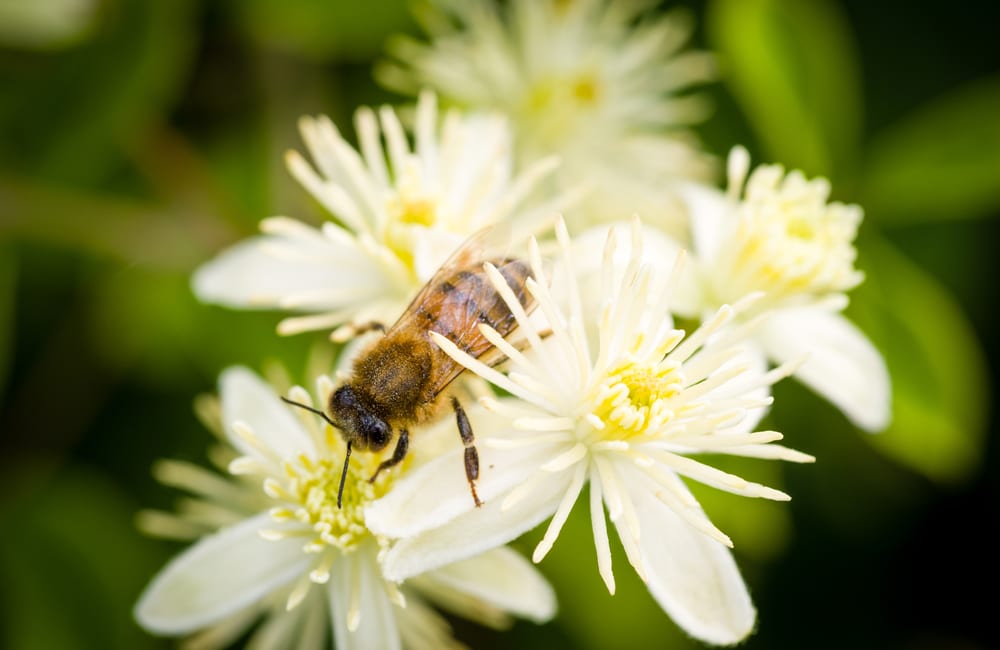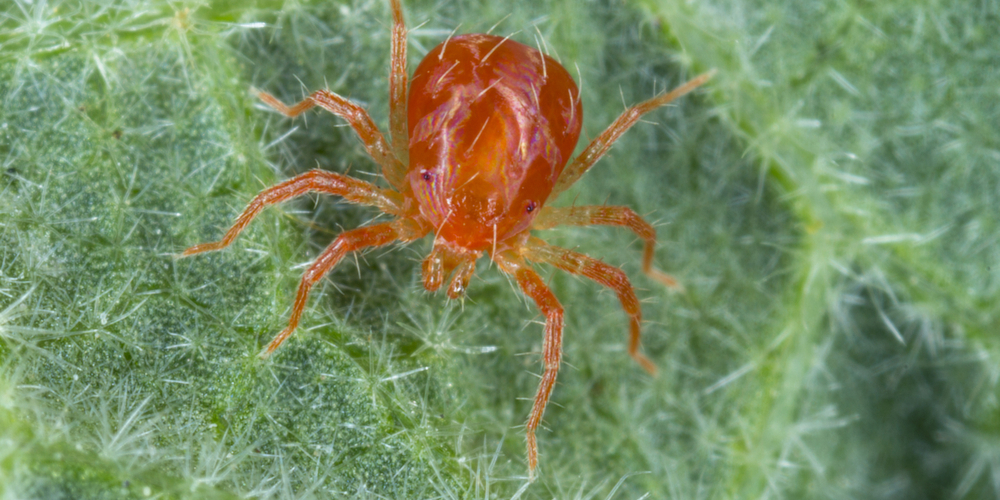
The beauty of a honeysuckle plant is not complete without its healthy, oval-shaped green leaves. When winter comes, the only thing that makes a honeysuckle plant is its leaves, which are either dark green or blue-green in color. “But what is eating my honeysuckle leaves?” you might ask. This article will provide you with a list of creatures that enjoy dining on honeysuckle leaves and how to get rid of them.
If the leaves of your honeysuckle plant are distorted and curled, then there is a problem. Take a look at the leaves, and if you see holes in them, take this as a sign of pest infestation that needs to be addressed immediately.
1. Aphids
Aphids are small, soft-bodied insects that feed on the sap of plants. Honeysuckle leaves that are wilted and yellow in color are a result of excessive sap removal, and aphids are the ones to blame.
They also cause the new foliage to curl, which reduces the beauty of honeysuckle plants. It takes close inspection to spot aphids on your honeysuckle leaves because they’re so small and often blend in with their surroundings. Honeysuckle leaves can measure up to 6 inches in length.
This makes them the perfect place for aphids to live and hide. Inspect the underside of your honeysuckle leaves and check if there are any aphids living on them.
How to get rid of aphids
Early detection is the best way to control aphids on your honeysuckle leaves. These insects reproduce so fast, so you really have to address them immediately if you suspect that aphids are present on the leaves.
If the infestation is just starting and the aphids only occupy a few leaves, you can get rid of them by hand and by removing infested areas.
However, if the infestation becomes uncontrollable and aphids have occupied almost all of your honeysuckle leaves, use a strong spray of water from your hose to get rid of them. You can also mix insecticide soap or neem oil in the water before you spray it onto the leaves for a much better result.
2. Scales
Scale is another small insect that can eat your honeysuckle leaves. They look like small bugs that are oval and flat with a brown shell-like covering that protects them. They can be found on the underside of your honeysuckle leaves and also around the leaf joints.
Scale are harmful insects because they rob the honeysuckle leaves of nutrients, turning them yellow and making them fall to the ground. A worse case of scale infestation can cause the death of your honeysuckle plant. Scales are also invasive and will infest other plants in your garden.
If you see scale insects on your honeysuckle plant, it is best to separate them from your other plants to prevent further spread.
How to get rid of scales
Before you look for chemical pesticides for scale insects, try homemade pesticides or manually removing scales from infested leaves first. For lightly infested honeysuckles, gently scrub the scales loose from the leaves or pick them off.
You can also dab the scale with an alcohol-soaked cotton swab. For a homemade pesticide, mix 2 tablespoons of cooking oil and 2 tablespoons of baby shampoo in 1 gallon of water. Adding 1 cup of alcohol can also help improve the effectiveness of this solution. Alcohol can help in penetrating the insect’s protective shell.
3. Caterpillars
Caterpillars are voracious eaters of leaves, and they do not exempt honeysuckle leaves. When you use a trellis or any structure for your vining honeysuckle, the leaves create a dense curtain, hiding the caterpillar inside.
Although caterpillars are 1 inch in length, dense foliage makes them difficult to find. When neglected or left alone, these caterpillars can eat all your honeysuckle leaves.
A caterpillar can eat a leaf down to its skeleton. Caterpillars are annoying pests because they cause defoliation of the honeysuckle plant and, worse, can lead to death.
How to get rid of caterpillars
Caterpillars are difficult to find, especially in vining plants. They also hide by rolling the leaves together, forming a shelter. If you spot caterpillars munching on the leaves of your honeysuckle, pick the caterpillars up and then drown them in a bucket full of water mixed with soap.
Make sure to use gloves because caterpillars can sting. Cutaway injured leaves away from the stem and remove any egg deposits. Birds and chickens are natural predators of caterpillars. Place birdfeeders near your honeysuckle so that they eat the caterpillars on the plant.
4. Spider Mites
Spider mites are not insects but are considered relatives of spiders. These pests are difficult to see because they are so small in size. Adult spider mites are reddish-brown or pale in color and oval in shape. Just like aphids, spider mites like to reside on the underside of leaves.
They pierce leaf tissue and suck up plant fluids. This will turn your honeysuckle leaves yellow. When the infected leaf dries up, it will fall to the ground. One way to make sure there are spider mites on your honeysuckle plant is to check for yellow or red specks on the leaves.
How to get rid of spider mites
Avoid using chemical pesticides because they can kill insects that prey on spider mites, allowing further infestation. Prune leaves and other infested areas to prevent further spread. You can easily get rid of spider mites by blasting them off with water from your hose. For a much better result, use insecticide soap periodically.
What’s Eating My Honeysuckle Leaves?: Conclusion
Aphids, scales, caterpillars, and spider mites feed on your honeysuckle leaves. Nothing beats prevention in curing a disease. Always inspect your honeysuckle plant for pest infestations and get rid of them immediately before they spread even further and kill your plant. Honeysuckle attracts bees, but they won’t eat it.
Some pests are really difficult to see, so take a closer look at your honeysuckle. If you see an infestation, use a high-pressure water spray to remove these harmful pests from the host plant.
Related Article: Do Deer Eat Honeysuckle?



